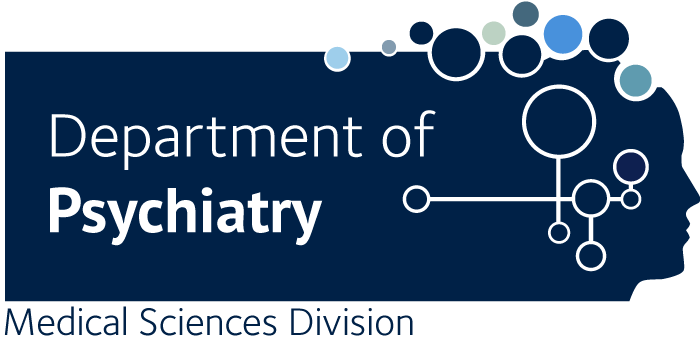Dissociating the pre-activation of word meaning and form during sentence comprehension: Evidence from EEG representational similarity analysis.
Wang L., Brothers T., Jensen O., Kuperberg GR.
During language comprehension, the processing of each incoming word is facilitated in proportion to its predictability. Here, we asked whether anticipated upcoming linguistic information is actually pre-activated before new bottom-up input becomes available, and if so, whether this pre-activation is limited to the level of semantic features, or whether extends to representations of individual word-forms (orthography/phonology). We carried out Representational Similarity Analysis on EEG data while participants read highly constraining sentences. Prior to the onset of the expected target words, sentence pairs predicting semantically related words (financial "bank" - "loan") and form-related words (financial "bank" - river "bank") produced more similar neural patterns than pairs predicting unrelated words ("bank" - "lesson"). This provides direct neural evidence for item-specific semantic and form predictive pre-activation. Moreover, the semantic pre-activation effect preceded the form pre-activation effect, suggesting that top-down pre-activation is propagated from higher to lower levels of the linguistic hierarchy over time.

